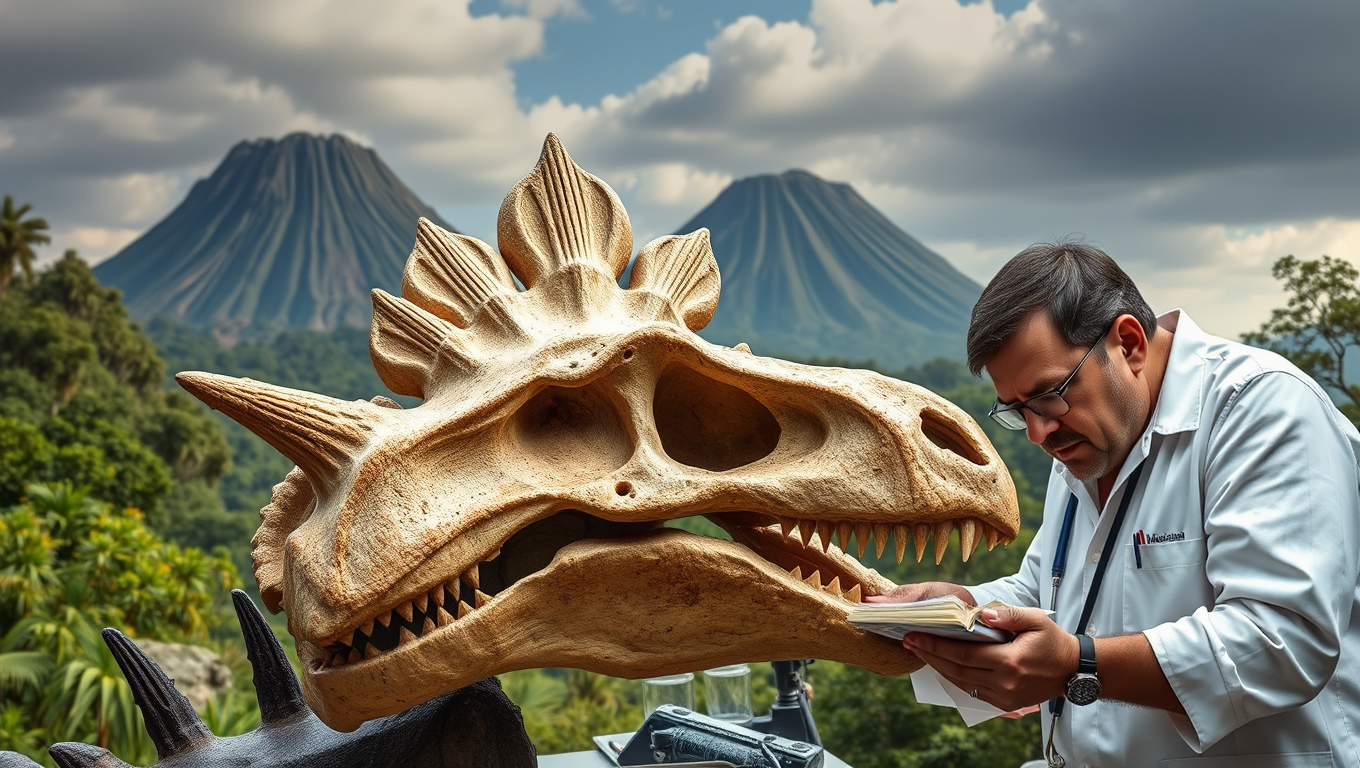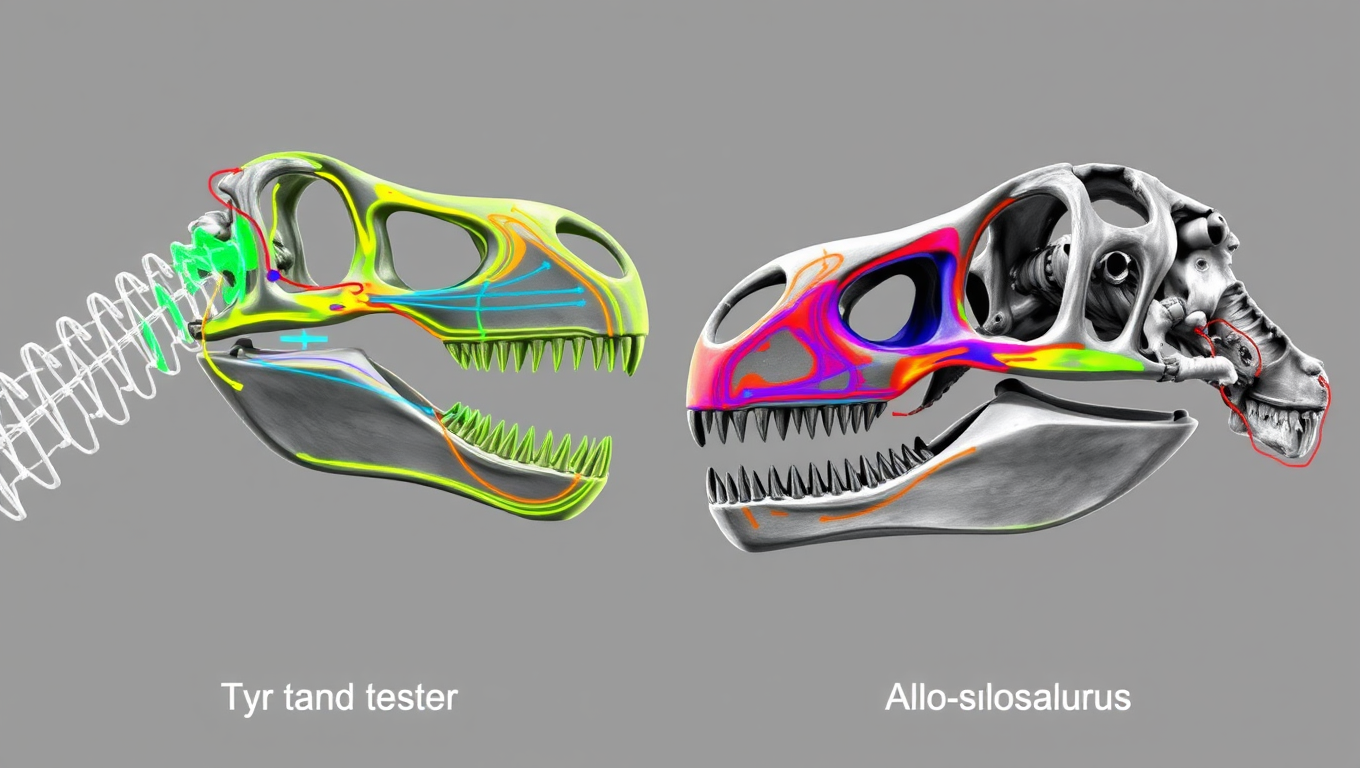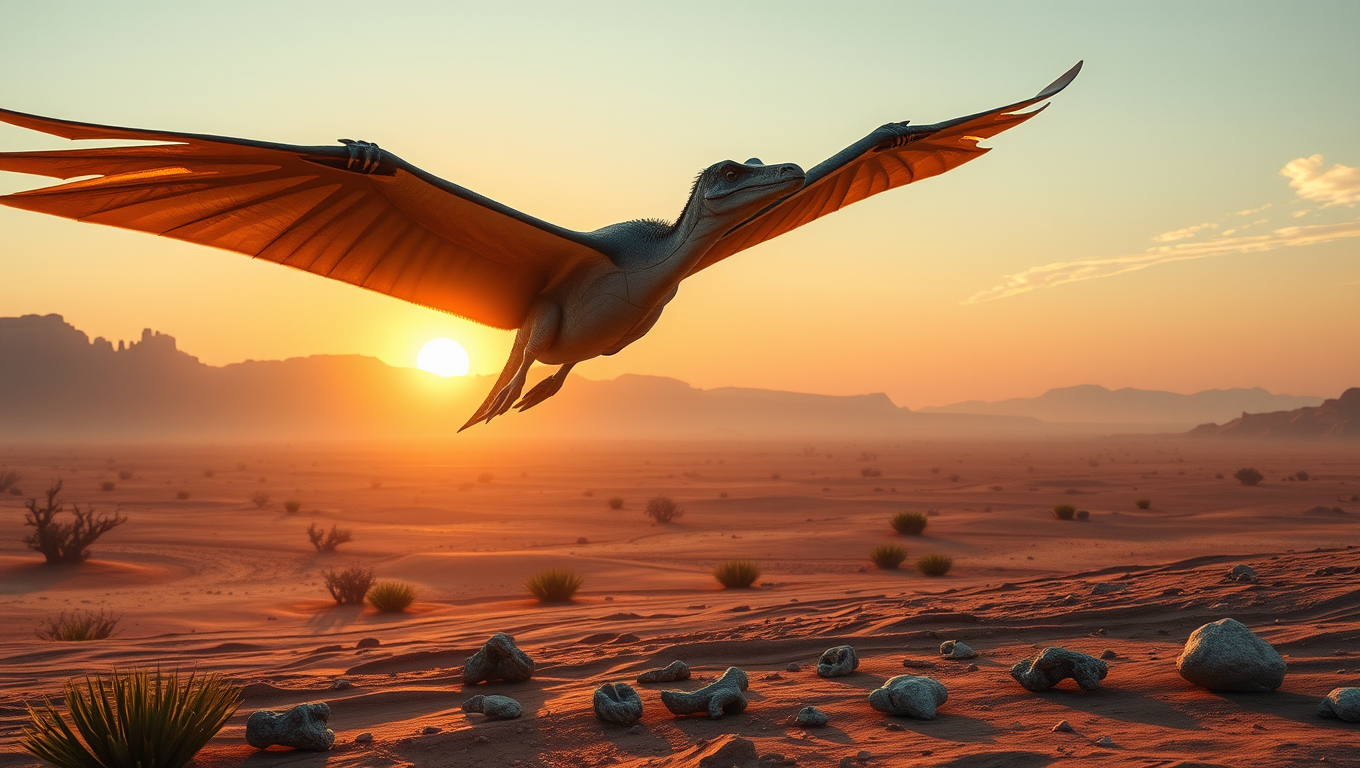While we try to keep things accurate, this content is part of an ongoing experiment and may not always be reliable.
Please double-check important details — we’re not responsible for how the information is used.
Dinosaurs
“Revolutionizing Our Understanding of Stegosaurian Evolution: A Groundbreaking Discovery in Spain”
Palaeontologists have analyzed the most complete stegosaurian skull ever found in Europe and rewritten the evolutionary history of this iconic group of dinosaurs.

Animals
Crushing vs. Slashing: New Skull Scans Reveal How Giant Dinosaurs Hunted Prey
Tyrannosaurus rex might be the most famous meat-eater of all time, but it turns out it wasn’t the only way to be a terrifying giant. New research shows that while T. rex evolved a skull designed for bone-crushing bites like a modern crocodile, other massive carnivorous dinosaurs like spinosaurs and allosaurs took a very different route — specializing in slashing and tearing flesh instead.
Ancient DNA
Rewriting a 400-million-year-old fish’s tale: Uncovering new insights into vertebrate evolution.
A fish thought to be evolution’s time capsule just surprised scientists. A detailed dissection of the coelacanth — a 400-million-year-old species often called a “living fossil” — revealed that key muscles believed to be part of early vertebrate evolution were actually misidentified ligaments. This means foundational assumptions about how vertebrates, including humans, evolved to eat and breathe may need to be rewritten. The discovery corrects decades of anatomical errors, reshapes the story of skull evolution, and brings unexpected insights into our own distant origins.
Ancient Civilizations
Unveiling North America’s Oldest Pterosaur: A Triassic Time Capsule Reveals a Diverse Ecosystem
In the remote reaches of Arizona s Petrified Forest National Park, scientists have unearthed North America’s oldest known pterosaur a small, gull-sized flier that once soared above Triassic ecosystems. This exciting find, alongside ancient turtles and armored amphibians, sheds light on a key moment in Earth’s history when older animal groups overlapped with evolutionary newcomers. The remarkably preserved fossils, including over 1,200 specimens, offer a rare glimpse into a vibrant world just before a mass extinction reshaped life on Earth.
-

 Detectors8 months ago
Detectors8 months agoA New Horizon for Vision: How Gold Nanoparticles May Restore People’s Sight
-

 Earth & Climate9 months ago
Earth & Climate9 months agoRetiring Abroad Can Be Lonely Business
-

 Cancer9 months ago
Cancer9 months agoRevolutionizing Quantum Communication: Direct Connections Between Multiple Processors
-

 Albert Einstein9 months ago
Albert Einstein9 months agoHarnessing Water Waves: A Breakthrough in Controlling Floating Objects
-

 Earth & Climate8 months ago
Earth & Climate8 months agoHousehold Electricity Three Times More Expensive Than Upcoming ‘Eco-Friendly’ Aviation E-Fuels, Study Reveals
-

 Chemistry8 months ago
Chemistry8 months ago“Unveiling Hidden Patterns: A New Twist on Interference Phenomena”
-

 Diseases and Conditions9 months ago
Diseases and Conditions9 months agoReducing Falls Among Elderly Women with Polypharmacy through Exercise Intervention
-

 Agriculture and Food9 months ago
Agriculture and Food9 months ago“A Sustainable Solution: Researchers Create Hybrid Cheese with 25% Pea Protein”





























